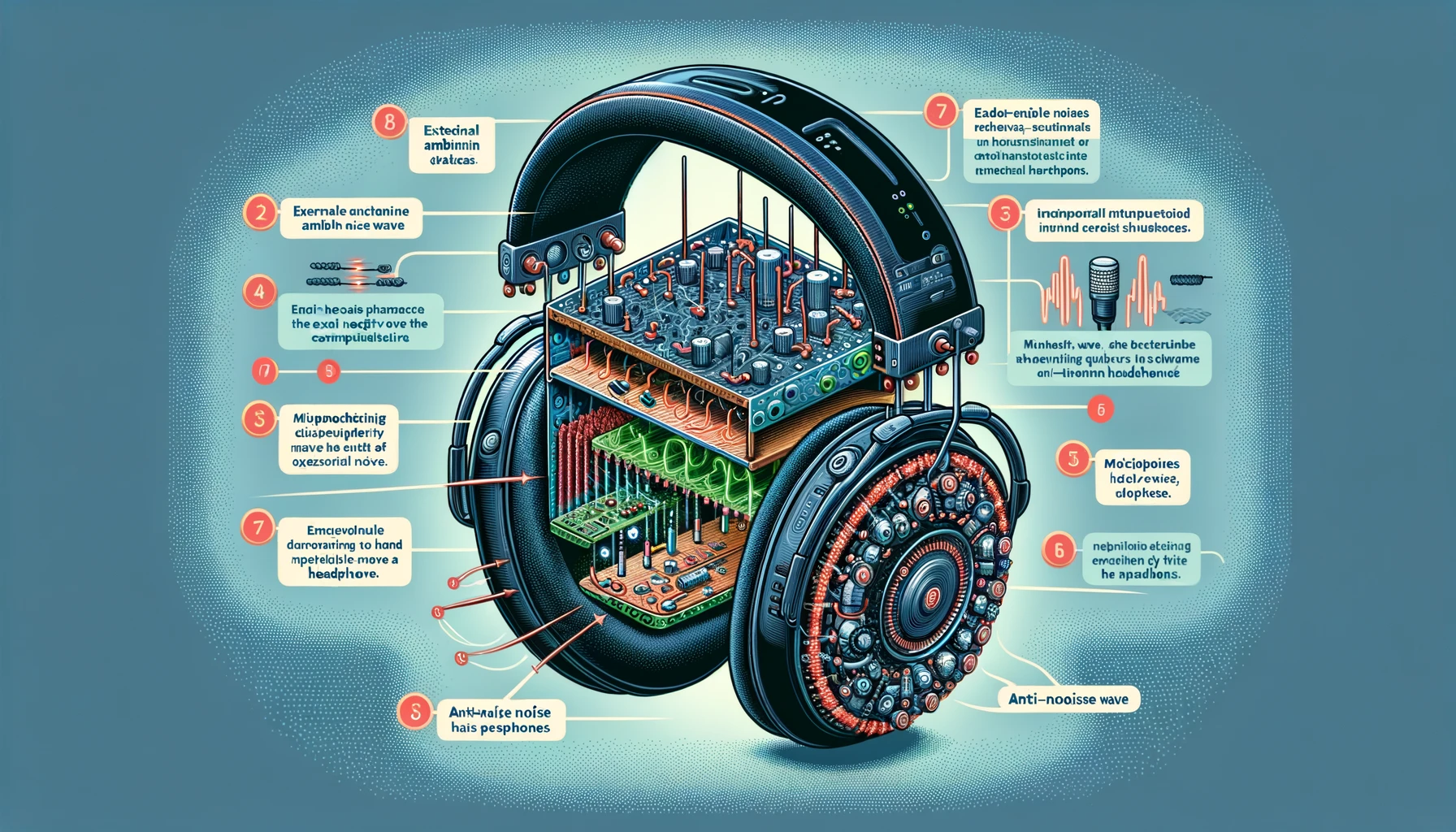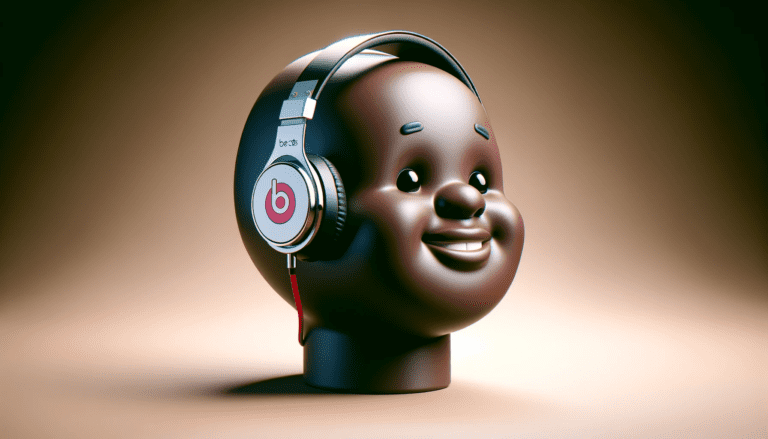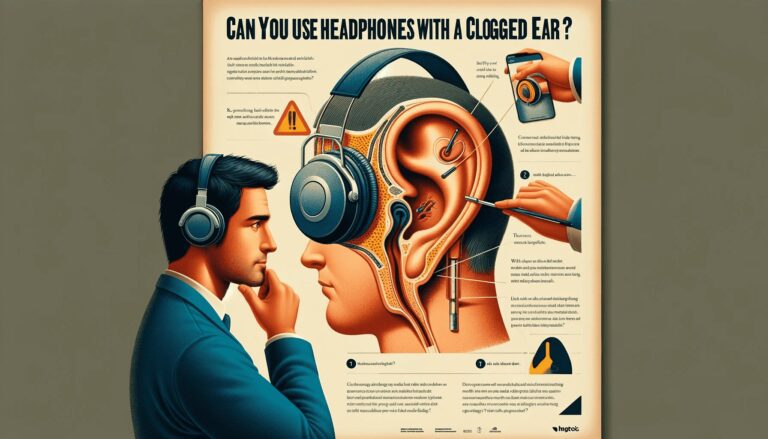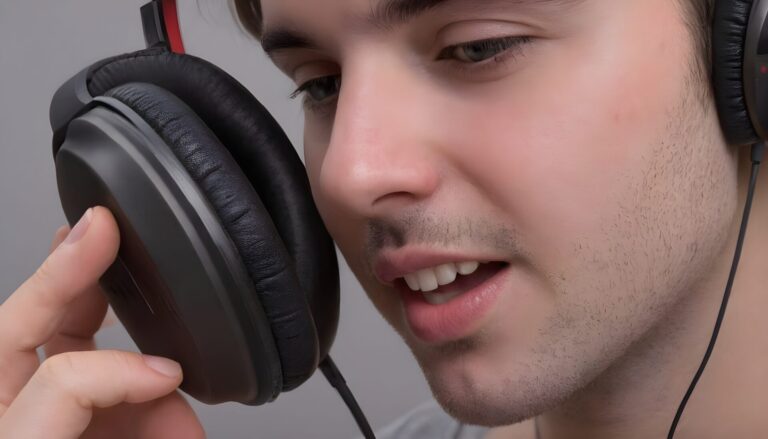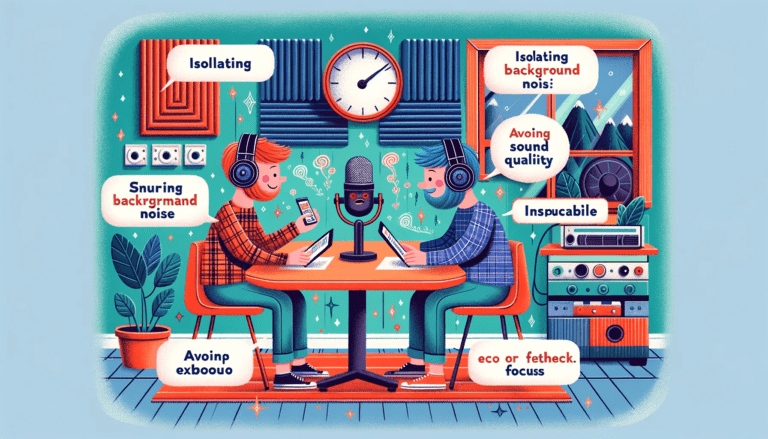Noise-canceling headphones have revolutionized the way we listen to music by effectively reducing external noise. Understanding how active noise cancellation (ANC) technology works and the difference between passive and active noise cancellation is essential.
Implementing noise cancellation in headphones involves a combination of passive noise blocking and active noise cancellation techniques. Let’s delve into the details of how noise-canceling headphones work.
Understanding Active Noise Cancellation
How ANC Technology Works
Active Noise Cancellation (ANC) is a sophisticated technology that helps to create a quieter listening environment. ANC operates by using built-in microphones to detect external noise, then producing an ‘anti-noise’ sound wave that is the exact opposite of the detected noise. This process effectively cancels out the unwanted sound, allowing for a more immersive audio experience.
The principle behind ANC is based on the physics of sound waves. When two sound waves are 180 degrees out of phase, they cancel each other out. ANC headphones generate a wave that is the opposite of the noise wave, neutralizing it before it reaches the listener’s ears. This method is particularly effective against steady, low-frequency sounds like the hum of an airplane engine.
There are different types of ANC implementations:
- Feedback ANC: Microphones inside the ear cup monitor what the user hears.
- Feed-forward ANC: Microphones outside the ear cup monitor ambient noise but can be sensitive to wind noise.
- Hybrid ANC: Combines both feedback and feed-forward methods, using microphones both inside and outside the ear cup.
Benefits of Active Noise Cancellation
Active Noise Cancellation (ANC) offers a significant advantage over passive methods by actively countering external noise in real time. This technology enhances the listening experience by providing a quieter environment, which is particularly beneficial in noisy settings such as airplanes or busy offices.
The benefits of ANC are numerous and impact various aspects of daily life:
- Improves Concentration: ANC helps maintain focus by reducing distractions from ambient noise, which is essential during activities that require attention, such as studying or attending meetings.
- Enhanced Audio Quality: By minimizing background noise, ANC allows for clearer sound, making music and voice calls more enjoyable.
- Stress Reduction: Constant noise exposure can lead to increased stress levels; ANC headphones can provide a more peaceful setting, contributing to overall well-being.
While ANC technology is highly effective, it’s important to note that no system can completely isolate you from all outside noise. However, the combination of ANC with passive noise-blocking techniques can offer a substantial reduction in unwanted sounds, leading to a more immersive audio experience. You may read also Can Noise-Canceling Headphones Cause Headaches
Difference Between Passive and Active Noise Cancellation
Passive Noise Cancellation
Passive Noise Cancellation (PNC) is the simpler counterpart to Active Noise Cancellation, relying on physical means to reduce or block unwanted ambient sounds. Without the use of microphones or advanced signal processing, PNC utilizes materials and design features to create a barrier against noise.
The effectiveness of PNC can vary based on several factors, such as the fit of earbuds or the insulation of headphones. For instance, earbuds that are designed to fit snugly in the ear canal can significantly prevent noise from entering, enhancing the listener’s experience. Similarly, over-ear headphones with thick padding can create a seal around the ears, offering a degree of noise isolation.
While PNC does not adapt to changing noise environments like its active counterpart, it is a crucial aspect of any listening device aimed at providing a quieter audio experience. It serves as the first line of defense against external noise, and when combined with ANC, it can greatly improve the overall noise reduction capability of headphones.
Active Noise Cancellation Techniques
Active Noise Cancellation (ANC) techniques involve a sophisticated blend of hardware and software to actively counteract external noise. Microphones and digital signal processors (DSPs) are key components in this system. The microphones pick up ambient sounds, which the DSP analyzes and creates an inverse waveform to neutralize the noise.
There are several types of ANC used in headphones, each with its approach to reducing unwanted sound:
- Feedforward ANC: This method uses an external microphone to detect noise before it reaches the ear. The system then generates an opposing audio signal to cancel it out.
- Feedback ANC: In this technique, a microphone placed inside the ear cup captures audio that has already entered the ear. The ANC system then creates an inverse signal to reduce the noise.
- Hybrid ANC: Combining both feedforward and feedback methods, hybrid ANC aims to provide a more comprehensive noise cancellation by addressing a wider range of frequencies.
Each technique has its advantages and is chosen based on the specific use case and design of the headphones. While no ANC system can eliminate all external noise, advancements in these techniques continue to improve the listening experience. You may check also the guide on Why Do I Hear Static in My Headphones
Implementing Noise Cancellation in Headphones
Passive Noise Blocking
Passive noise blocking is the first line of defense against unwanted ambient sound. It relies on the physical design and materials of the headphones to create a barrier that prevents external noise from reaching the ears. Over-ear headphones often use heavily padded earcups to maximize this effect, while in-ear headphones depend on a snug fit to seal the ear canal from intrusive sounds.
The effectiveness of passive noise blocking can vary based on several factors, including the shape of the earcups, the density of the padding, and the overall fit of the headphones. For instance, the Voyager Surround 80 UC model, with its six microphones, is designed to cover the ear completely, offering a substantial level of passive noise reduction.
Here’s a comparison of passive and active noise cancellation techniques:
- Passive Noise Cancellation: Utilizes physical barriers, such as sound-absorbing materials and insulation, to block noise. It is static and does not adapt to changes in the environment.
- Active Noise Cancellation (ANC): Employs microphones, signal processing, and algorithms to dynamically counteract external noise in real-time, adapting to environmental changes.
Combining Passive and Active Noise Cancellation
The most effective noise-canceling headphones utilize a hybrid approach, combining both passive and active noise-cancellation techniques. Passive noise blocking serves as the first line of defense, using the physical structure and materials of the headphones to prevent external sounds from entering the ear. This includes over-ear designs with padded earcups or in-ear models that create a tight seal.
Active noise cancellation (ANC) takes this a step further by employing microphones to detect ambient noise and then generating an opposing sound wave to neutralize it. This technology is not static; it continuously adapts to the surrounding environment to optimize the listening experience.
The synergy between these two methods results in a more immersive audio experience. Here’s a quick comparison:
- Passive Noise Cancellation: Static, relies on physical barriers.
- Active Noise Cancellation: Dynamic, uses technology to cancel out noise.
By integrating both methods, manufacturers aim to provide users with the best possible sound quality, free from the distractions of the outside world. You may read also the guide on Do Noise-Canceling Headphones Protect Hearing
Conclusion
In conclusion, noise-canceling headphones utilize a combination of active and passive noise cancellation technologies to reduce external noise and provide a more immersive listening experience. Active noise cancellation works by generating anti-noise waves to counter environmental sounds, particularly lower frequencies like the hum of engines.
On the other hand, passive noise cancellation physically blocks sound from reaching the ears. By integrating these methods, noise-canceling headphones create a peaceful audio environment for users, allowing them to enjoy their music without distractions. Understanding the mechanisms behind noise cancellation enhances the appreciation of this innovative technology in the realm of audio devices.
Frequently Asked Questions
Do noise-canceling headphones block out all types of noise equally?
No, active noise cancellation is more effective on lower frequencies like the hum of a jet engine compared to higher frequencies like human voices.
How do noise-canceling headphones create silence?
By generating an equal but opposite sound wave to counter environmental noise, effectively canceling it out.
What are the two main approaches to noise cancellation in headphones?
Passive noise cancellation physically blocks outside sound, while active noise cancellation uses microphones to create ‘anti-noise’ frequencies.
Can noise-canceling headphones eliminate all outside noise?
While they can significantly reduce environmental noise, they may not eliminate all sounds, especially higher frequencies.
Do noise-canceling headphones affect sound quality?
The best noise-canceling headphones combine passive noise blocking with active noise cancellation to maintain good sound quality.
Are noise-canceling features only available in over-ear headphones?
No, you can also find true wireless earbuds with effective noise-cancellation technology built-in.

